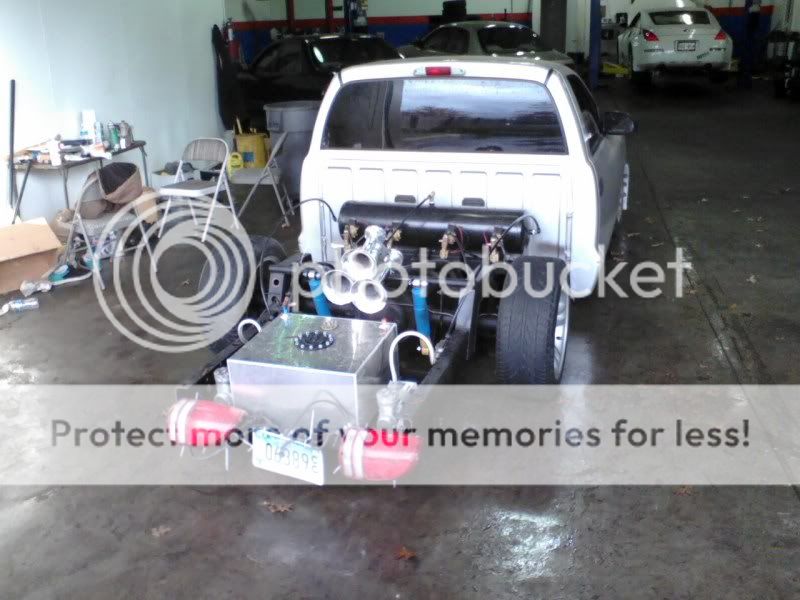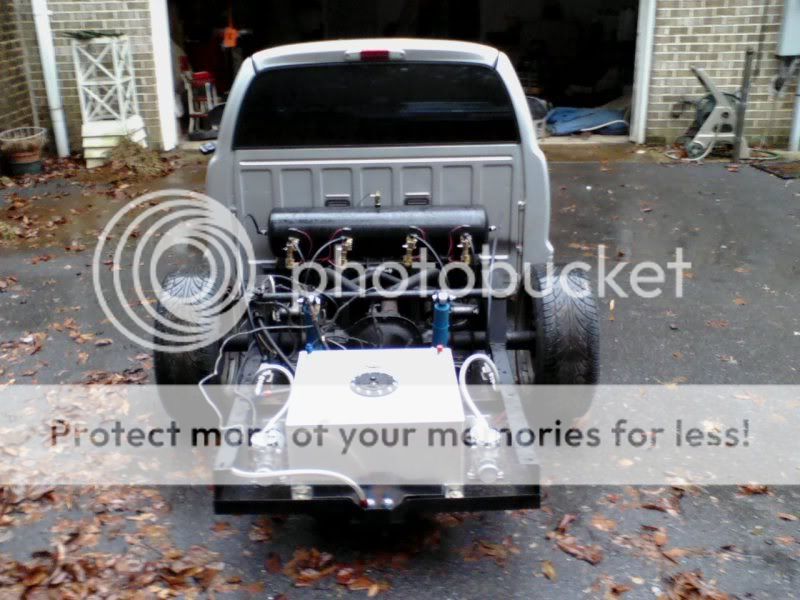SanDiegoOverland
NAXJA Forum User
- Location
- San Diego
I've got a compressor that I'm mounting in the cargo area of my xj. I understand this compressor can draw up to/around 30 amps.
I'm going to be hardwiring it with a auto type 30a blade fuse inline on the powerside, and will probably just run it up to the battery as there is an on/off switch on the compressor itself.
The PO of our house is a good friend and left some electrical supplies, which include several 6-10ft lengths of power cord (some with plugs, some without, that were leftovers from repairing various power tools/appliances, etc.).
These look to be about 12guage with three wires(I'd only use two). They're still wrapped in their protective sheath and are in really good shape.
anyone see any issue with me running this type of wire/bundle from the compressor up to the engine compartment (probably just to the battery itself) for my power supply? I'm going to run it as cleanly as possible, either along the door sills or along the headliner.
Thanks in advance for the feedback.
-Brian
I'm going to be hardwiring it with a auto type 30a blade fuse inline on the powerside, and will probably just run it up to the battery as there is an on/off switch on the compressor itself.
The PO of our house is a good friend and left some electrical supplies, which include several 6-10ft lengths of power cord (some with plugs, some without, that were leftovers from repairing various power tools/appliances, etc.).
These look to be about 12guage with three wires(I'd only use two). They're still wrapped in their protective sheath and are in really good shape.
anyone see any issue with me running this type of wire/bundle from the compressor up to the engine compartment (probably just to the battery itself) for my power supply? I'm going to run it as cleanly as possible, either along the door sills or along the headliner.
Thanks in advance for the feedback.
-Brian


